2SLGBTQ+ community flags and what they stand for
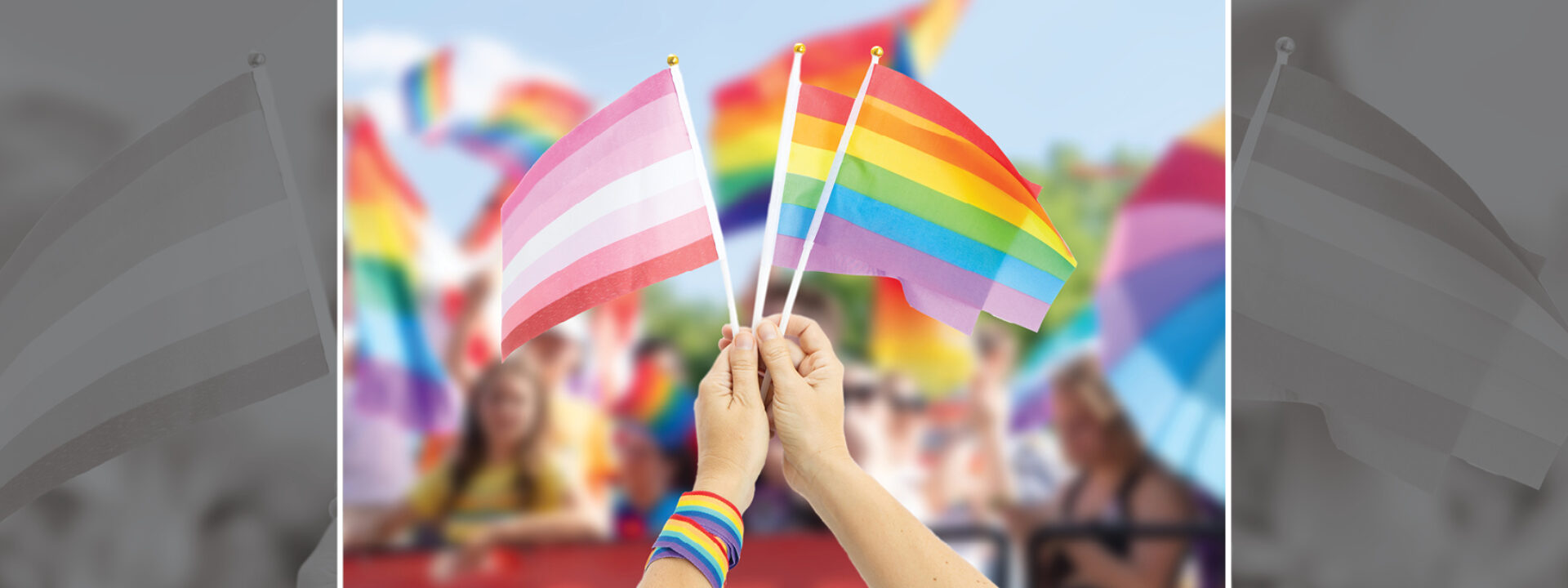
June is #Pridemonth – and what a colourful month it is! The rainbow flag is the most widely used flag to symbolize pride, but did you know there are over 20 different flags associated with Pride? Below is a breakdown of the most common flags in use today.
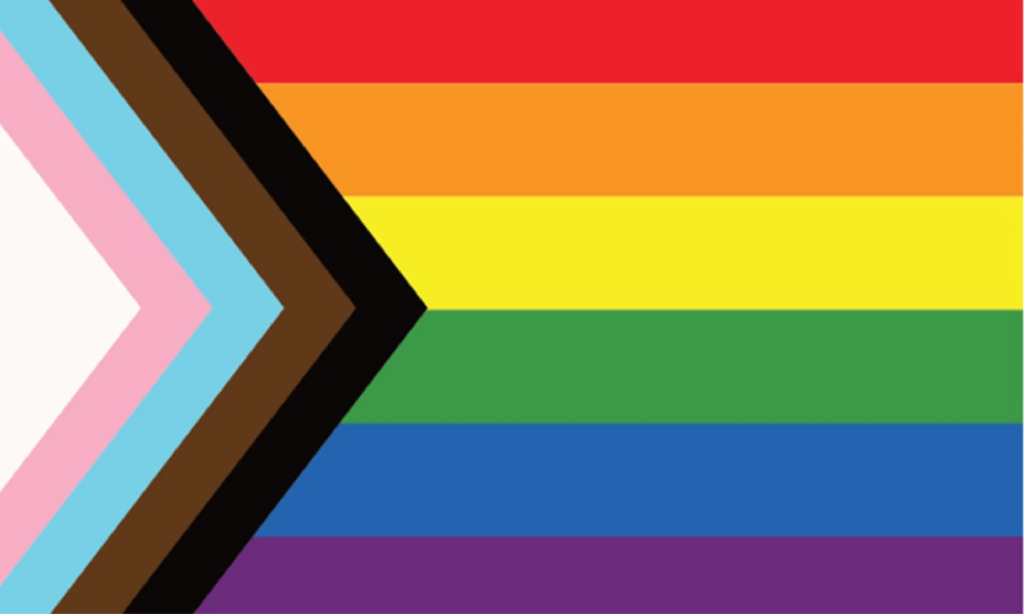
Progress Pride Flag
The Progress Pride Flag is a combination of the classic rainbow flag, with a five-coloured chevron added to symbolize inclusion and progress. This 2018 redesign, by Daniel Quasar, a non-binary American artist and designer (who uses xe/xyr pronouns), includes stripes to represent people of colour, as well as people who identify as transgender, gender nonconforming (GNC) and/or undefined.
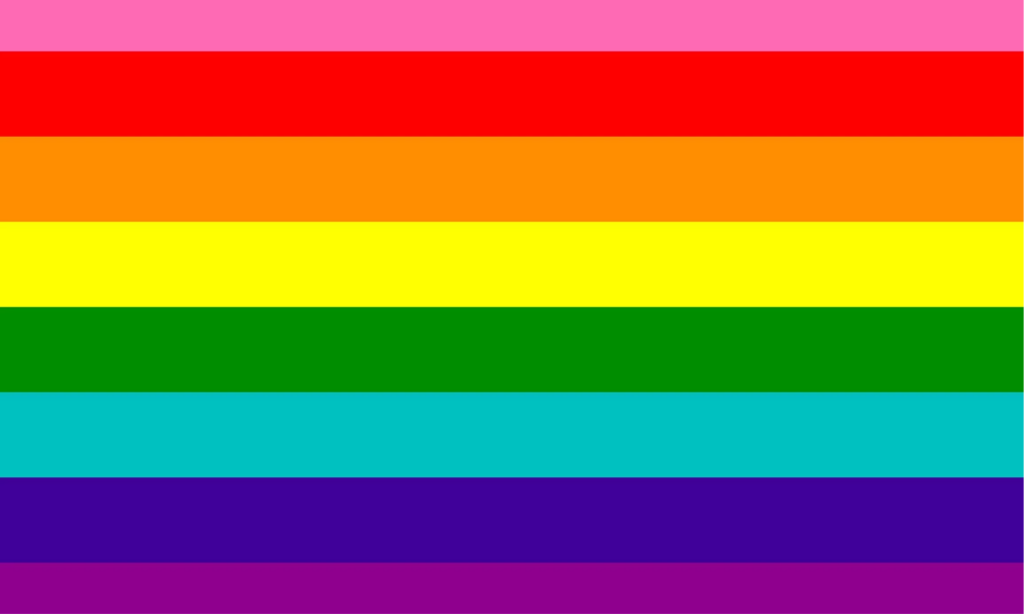
Gilbert Baker Pride Flag
The Gilbert Pride Flag is THE flag that started it all. Created in 1977 by Gilbert Baker who was an artist, activist and one of the few openly gay military veterans. Rights activist Harvey Milk tasked Baker to create a flag for the queer community. Inspired by "Over the Rainbow" from the 1939 film The Wizard from Oz, Baker created a rainbow flag to represent the community. The eight colours each has its own meaning:
- Hot Pink symbolizes sex
- Red equals life
- Orange symbolizes healing
- Yellow stands for sunlight
- Green represents nature
- Turquoise equals magic & art
- Indigo stands for serenity
- Violet represents the spirit of LGBTQ people
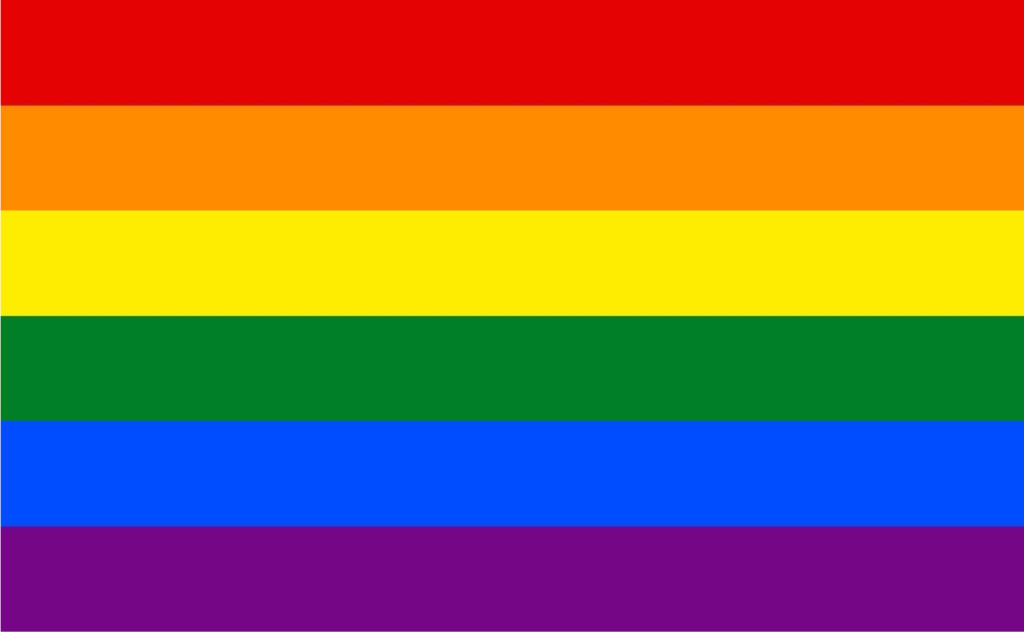
Six-Colour Pride Flag
This flag is one of the most well-known LGBT flags throughout history. Red at the top, followed by orange, yellow, green, indigo, and violet. Hot pink wasn't included in the fabrication of these flags, because the fabric was hard to find. In 1979, in an effort to decorate the streetlamps along the parade route in San Fransisco with hundreds of rainbow banners after gay San Francisco city supervisor Harvey Milk was assassinated, Gilbert Baker decided to split the motif in two with an even number of stripes flanking each lamp pole. In order to do so, he removed the turquoise stripe that had been used in the seven-stripe flag.
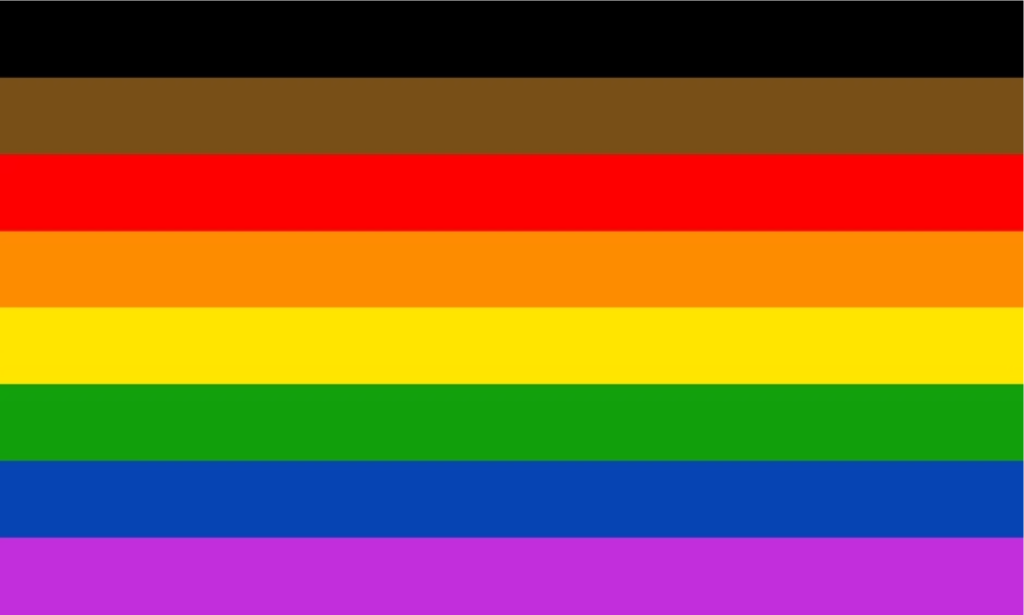
Philadelphia Pride Flag
The Philadelphia Pride Flag is a result of the demand for more inclusivity across the queer community. The flag premiered in 2017 as part of the "More Color More Pride" campaign in Philadelphia, designed by a local PR agency. The addition of black and brown stripes to the six-colour flag symbolizes people of colour.
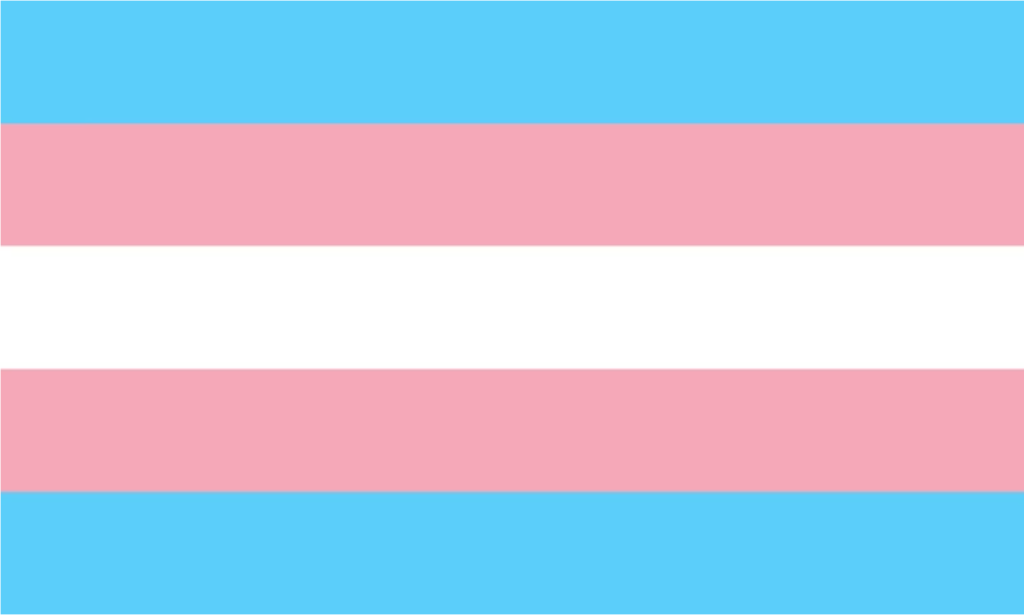
Transgender Flag
This flag was created in 1999 by Monica Helms, a transgender woman. The flag consists of five horizontal stripes: two light blue, which is the traditional colour for baby boys, two pink for girls, and a white stripe in the centre for those who are transitioning, feel they have a neutral gender or no gender, and those who are intersex.
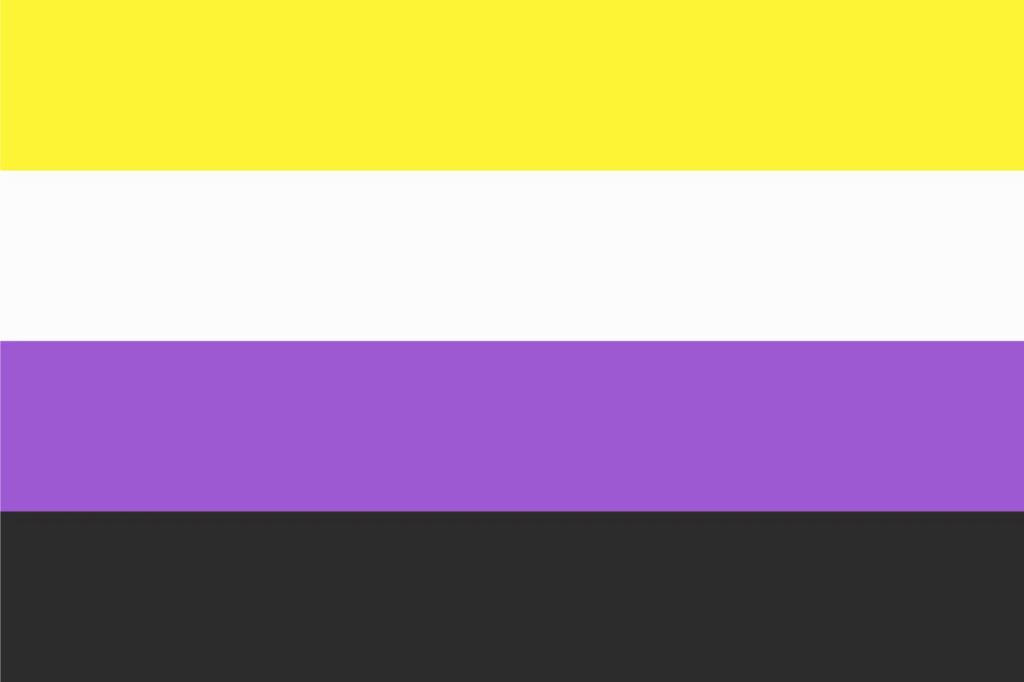
Nonbinary Flag
Kye Rowan created the Nonbinary Pride Flag in 2014 to represent people whose gender identity does not fit within the traditional male/female binary. Yellow signifies people who identify outside of the cisgender binary of male or female (cisgender is a person whose gender identity matches their sex assigned at birth). White stands for multi-gendered people. Purple represents people who identify as a blend of male and female genders. Black represents those who are agender (who feel they do not have a gender).
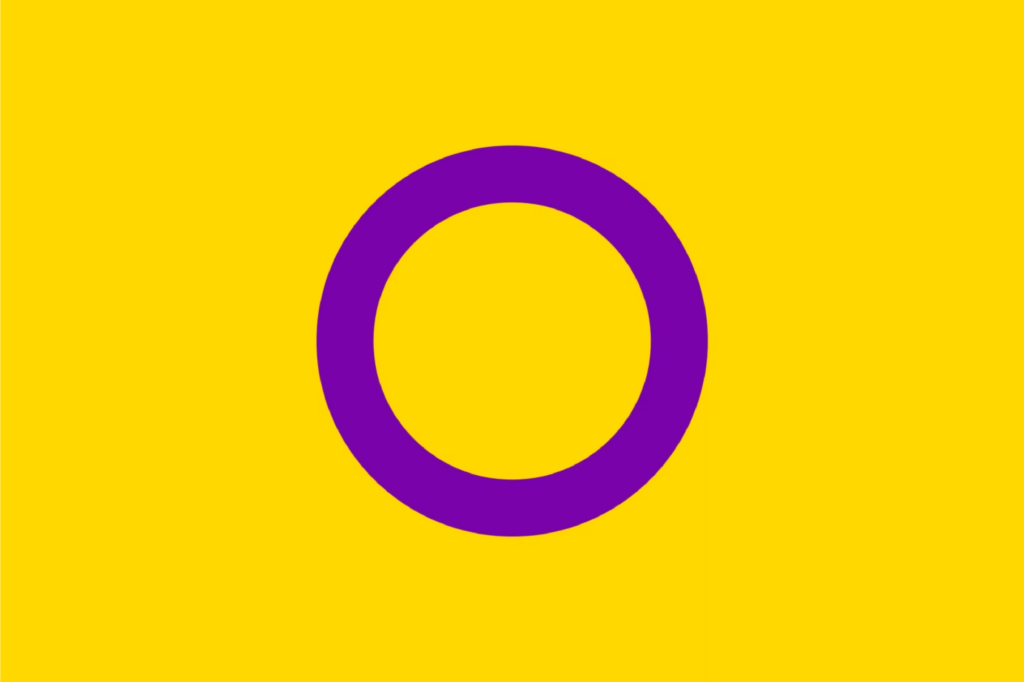
Intersex Flag
In 2013, Morgan Carpenter chose the colours yellow and purple for the intersex flag because neither symbolizes the social constructs of the gender binary. The circle represents the wholeness of intersex people.
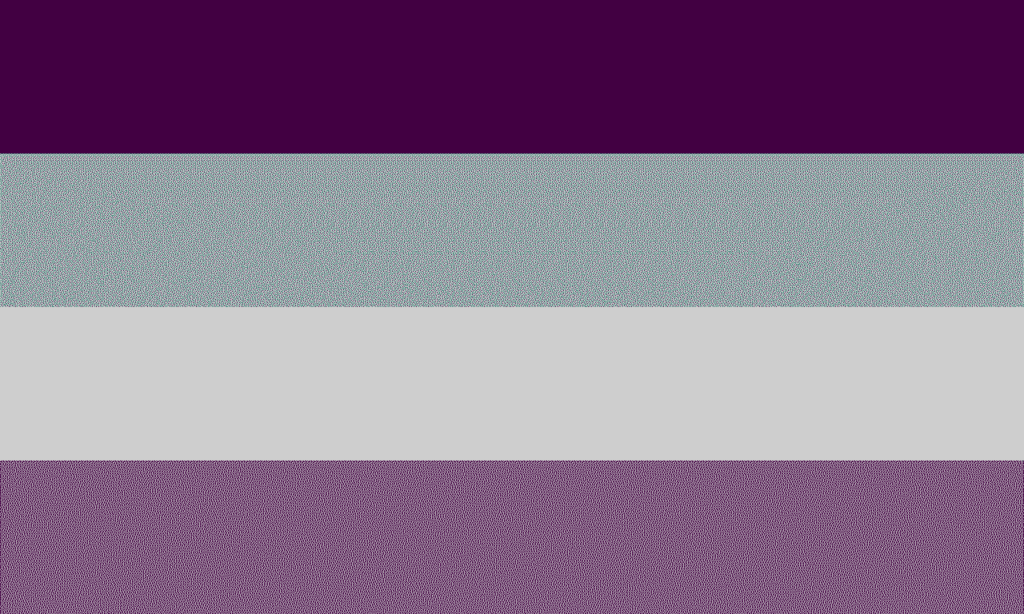
Asexual Flag
Created in 2010 by the Asexual Visibility and Education Network, asexual is the lack of sexual attraction to others, or a low interest in sexual activity. Asexual people often experience other types of attractions beyond sexual. Asexuality is an umbrella, and the colours chosen represent that: black stands for asexuality; gray represents demisexuality (those who are sexually attracted to someone only after forming a deep emotional bond with them). White is for the allies. Purple represents the entire community of asexual people as a whole.
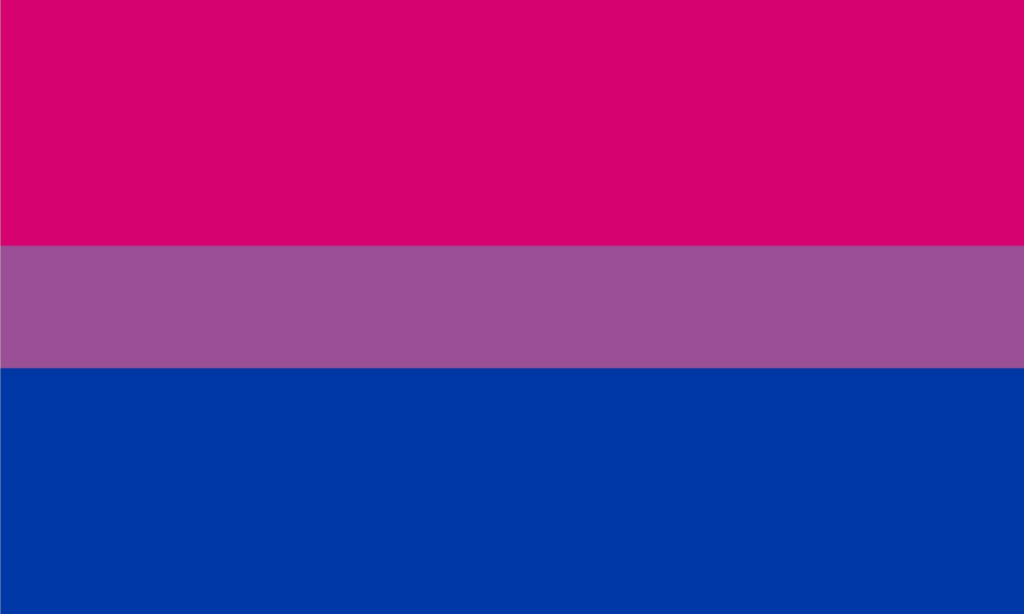
Bisexual Flag
Created in 1998 by Michael Page, his design shows pink and blue blending to make purple – representing how bisexual people can blend into either the straight or gay communities. The colours also signify an attraction to different genders: pink symbolizes attraction to the same gender; blue is attraction to a different gender; purple represents attraction to two or more genders.
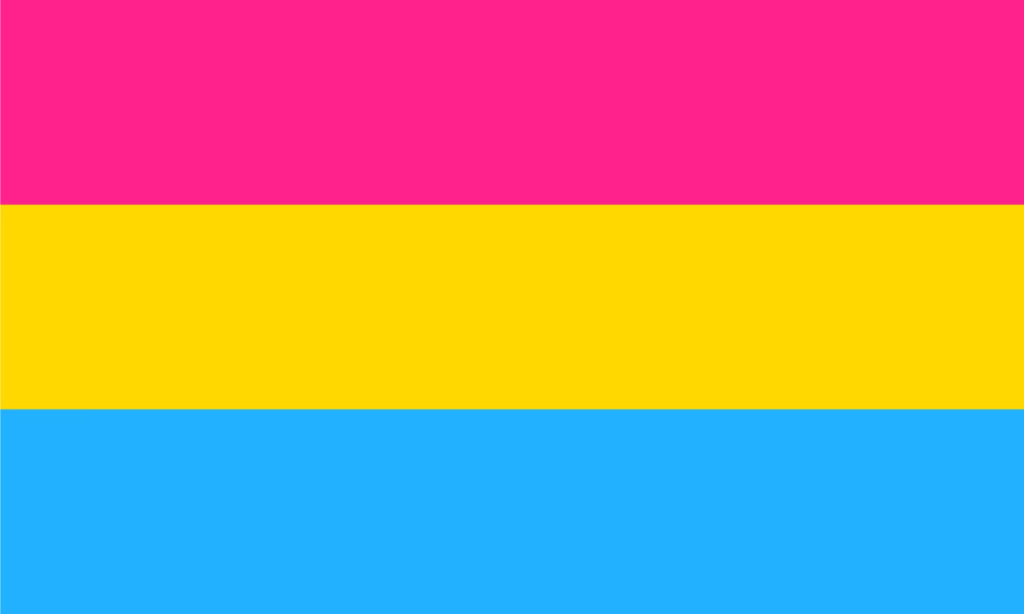
Pansexual Flag
Pansexuality represents people who feel attraction to a person without thinking about their gender, sometimes called gender-blind. Created in 2010, pink represents attraction to women, blue represents attraction to men, and yellow stands for attraction to those who don’t identify with either gender.

Lesbian Flag
Created by Natalie McCray in 2010, the Lesbian Flag features different shades of pink and orange. The different shades represent:
- Darkest orange: Gender nonconformity
- Middle orange: Independence
- Lightest orange: Community
- White: Unique relationships to womanhood
- Lightest pink: Serenity and peace
- Middle pink: Love and sex
- Darkest pink: Femininity
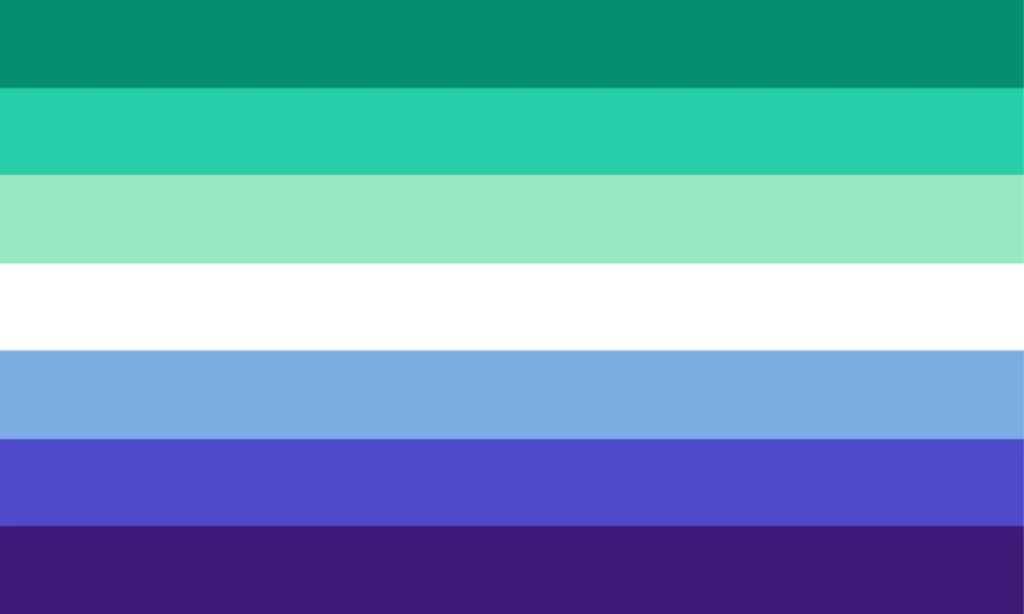
Gay Men’s Flag
This flag features different shades of green, blue, and purple and is a redesign of an older gay men’s pride flag that featured various blue tones. That version was problematic as it used colours that were stereotypical of the gender binary. This updated flag is meant to be inclusive of a much wider range of gay men, including transgender, intersex, and gender nonconforming men.
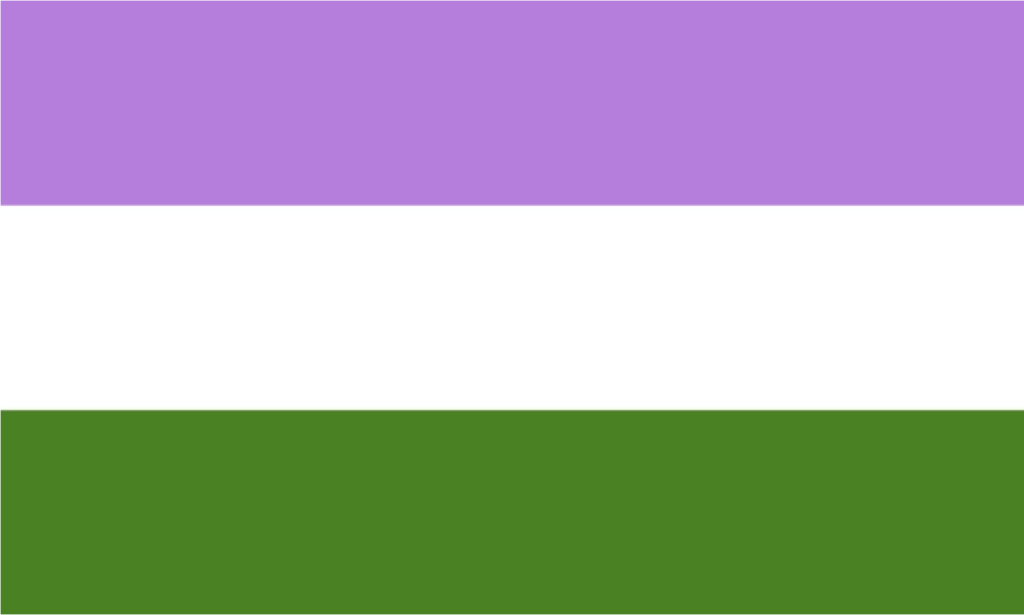
Gender Queer Pride Flag
This flag was created in 2011 by genderqueer writer Marilyn Roxie. There are three horizontal stripes: lavender, white, and dark green. Lavender – a combination of pink and blue, representing women and men – represents queer identity and androgyny. White stands for gender-neutral and agender people. Green is for those who aren't in the gender binary. Genderqueer people identify with neither male or female, identify as both, or a combination of the two. It is sometimes used as an umbrella term to cover any identity that isn't cisgender.






